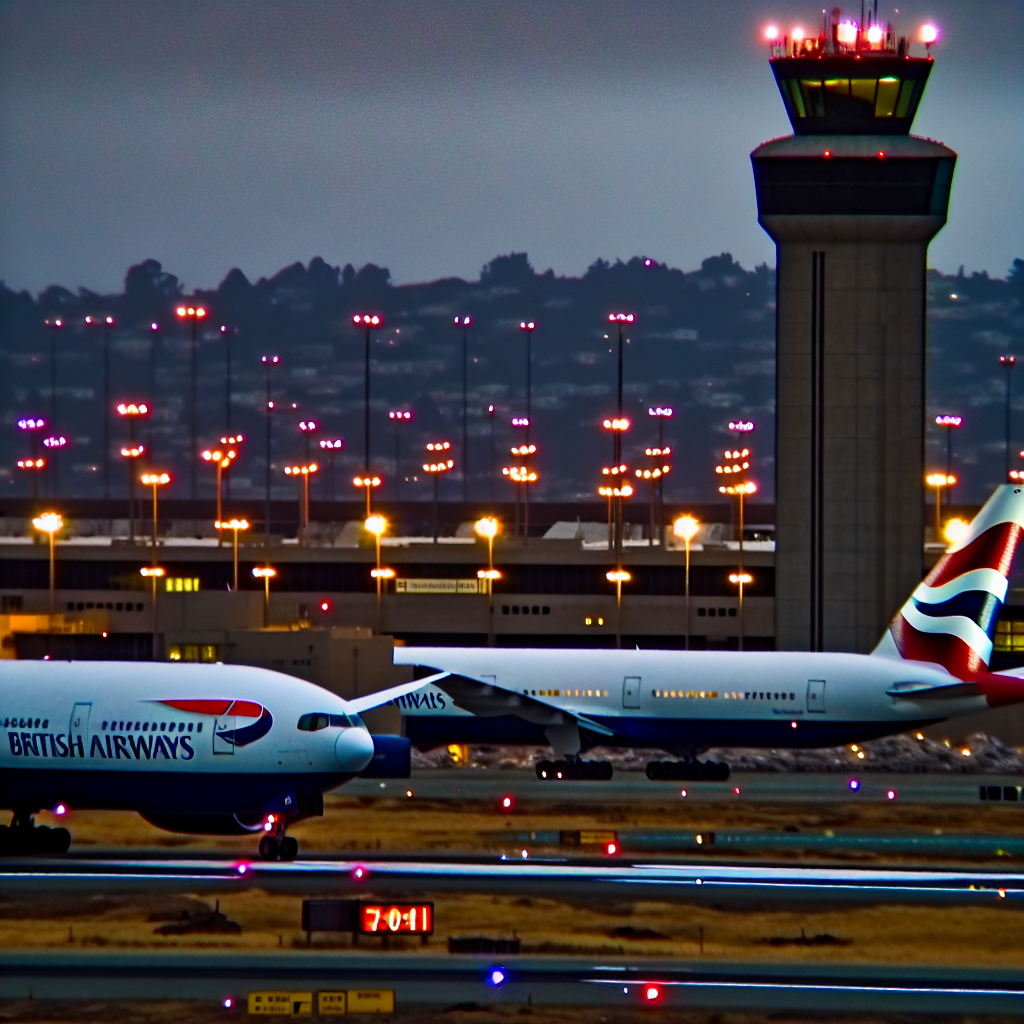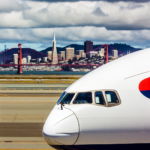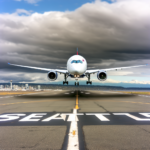LONDON- The national airline of the United Kingdom, British Airways (BA), successfully landed its flight from London Heathrow (LHR) to San Francisco (SFO) on June 29, 2025. However, the pilots faced stern criticism from an agitated SFO air traffic controller during taxi operations, despite the controller’s error.
The Boeing 777 flight crew sought clarification after receiving contradictory taxi directions, leading to an unprofessional and sharp retort from the SFO ground controller. This incident has sparked outrage among aviation professionals and industry experts, highlighted in a video shared by VASAviation.

Upon arrival at San Francisco (SFO), the British Airways pilots were directed to taxi to the international terminal.
After crossing Runway 28L, they anticipated a left turn onto Taxiway B or A, which is customary for flights headed to the terminal.
However, the air traffic controller unexpectedly issued a “right turn Bravo” command without proper context while the pilots were shifting radio frequencies.
Due to the poor timing of this switch and an incomplete transmission, the crew did not catch the beginning of the instruction. When they sought clarification and confirmed their destination at the international terminal, the controller retorted sharply:
“That’s why I told you to turn RIGHT onto Bravo! Join A to the ramp and listen better next time!”
The pilots stopped their taxi at the junction of Taxiways E and B to avert a possible conflict with a United Airlines (UA) Boeing 777 approaching from Taxiway F. After the incident, pilots expressed that without seeking clarification, they could have been involved in a near-collision.
ALSO READ: American Airlines 737 Pilot and Washington ATC Involved in Heated Argument
You can listen to the complete conversation here:
Reactions from the Aviation Community and Industry Pilots
Various pilots and aviation professionals criticized the controller’s demeanor and misleading instructions. Feedback on social media platforms depicted the ATC’s behavior as:
- “Unprofessional and hostile,”
- “A safety risk due to miscommunication,”
- “Reflective of inadequate training and CRM standards at the tower.”
Many pointed out that had pilots communicated in a similarly dismissive manner within the cockpit, it likely would lead to disciplinary actions or retraining under Crew Resource Management (CRM) protocols.
One pilot commented, “This was not merely a communication failure—it was dangerously close to a runway incursion. Circumstances like these underline the necessity for procedural adherence and professional conduct in busy international airports.”
The same controller was reported to have given conflicting instructions to a Southwest Airlines (WN) flight shortly following the British Airways event, raising additional alarms.
ALSO READ: JetBlue A321 Pilot Yells at New York ATC Amid Two Go-Arounds
Operational and Regulatory Implications
This incident underscores larger concerns regarding ATC-pilot communications, particularly in complex airport environments like San Francisco (SFO). Aviation safety experts are advocating for a review of air traffic control recordings and practices, emphasizing the necessity for:
- Clear, comprehensive instructions during frequency transitions,
- A professional communicative demeanor even under pressure,
- Robust escalation and reporting systems for safety issues.
Similar Incident
A recent verbal altercation between an All Nippon Airways (NH) pilot and air traffic control at New York’s John F. Kennedy Airport (JFK) on March 2, 2025, echoes this concern.
The ANA (NH) flight, operating a Boeing 777 from New York (JFK), faced confusion during taxi clearance when the controller used a phrase that is not recognized in International Civil Aviation Organization (ICAO) standards.
When the All Nippon Airways pilot requested taxi clearance, the controller responded with, “You’re on request,” a phrase lacking legitimacy in official ICAO communications. This ambiguity led to confusion in the cockpit, prompting the pilot to seek clarification repeatedly.
Instead of employing standardized language such as “Standby for taxi” or “Hold position,” the controller reiterated the vague phase and grew impatient with the pilot’s attempts at clarification. This interaction escalated further due to the controller’s tone and refusal to provide clarity.
The failure to use globally accepted ICAO phraseology impaired the ANA crew’s ability to understand the instructions accurately, a concerning risk in a high-traffic hub like JFK, which often accommodates international pilots who may not be native English speakers.
Despite several clarifying requests from the pilot, the controller did not modify his language or provide the necessary standard guidance, choosing instead to criticize the pilot’s knowledge of local protocols.
Avoid missing our updates. Stay connected with us on social media for the latest news.
Join us on Telegram Group for the Latest Aviation Updates. Furthermore, follow us on Google News
Based on an article from aviationa2z.com: https://aviationa2z.com/index.php/2025/07/09/british-airways-777-pilots-scolded-by-angry-san-francisco-atc/?utm_source=rss&utm_medium=rss&utm_campaign=british-airways-777-pilots-scolded-by-angry-san-francisco-atc



